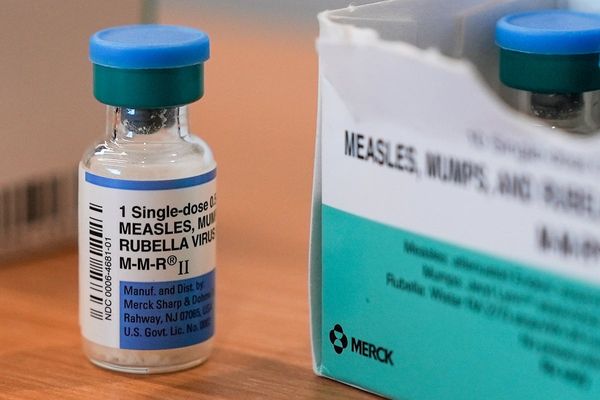
As Wimbledon heats up, both literally and figuratively, the welfare of the players is undoubtedly in the spotlight.
Air temperature on the grounds on the first day at Wimbledon reached 32.3C, surpassing the previous record at the start of a Championships - the 29.3C set in 2001.
Given the more constrained airflow on the court, it might even feel hotter at Wimbledon.
But with temperatures rising yearly, sporting occasions are only going to become more difficult.
When is it too hot for Wimbledon to continue?
Nick Hird, co-founder and managing director of electrolyte brand Vidrate, told The Standard that “sport can become unsafe when the heat stress index tops around 30°C WBGT (Wet Bulb Globe Temperature scale)”.
A heat-stress monitor measures the WBGT's heat index, which combines surface temperature, humidity, and air temperature.
“At Wimbledon, once this threshold is breached, a 10‑minute heat break is triggered courtesy of the tournament's Heat Rule,” Hird said.
“Once conditions rise above these temperatures, the risk of heat exhaustion, dehydration, and heat stroke increases, especially in endurance-based or high intensity sports like football, tennis, and cycling.”
There are however, positive impacts to playing sport in warmer temperatures.
Mr Hird added: “When managed properly, training in extreme heat can enhance athletic performance. It encourages heat adaptation, which improves cardiovascular efficiency, increases plasma volume, and boosts the body’s ability to cool itself through more effective sweating.
“These adaptations can translate to improved endurance and performance in both hot and cooler conditions. However, these benefits only come with careful planning, proper hydration, and controlled exposure. So it’s crucial to follow appropriate protocols, and gradually acclimatise yourself, as your body needs time to adapt to heat.”
How your body fights off heat
Sweating is one way your brain works to keep your body temperature within 37C. Sweat removes heat from the surface of your body when it dries.
You run the danger of being dehydrated or perhaps contracting a heat-related illness like heat exhaustion or heat stroke when sweating is unable to do its job because your body is producing too much heat or it is too hot and muggy to cool you down.
The body finds it more difficult to stay cool at higher temperatures, but humidity also has a significant impact. Because high humidity reduces the effectiveness of sweating, it feels hotter than the actual temperature.
The air can't hold much more water, including the water in your sweating, because there is already so much of it.
Many weather predictions include the heat index, which takes humidity into account and gives an idea of how hot it actually feels as well as what is harmful for extended exposure or vigorous activity.
People should begin exercising caution when the heat index hits 80 to 90 degrees, and "extreme caution" when it hits 90 to 103 degrees, according to the National Oceanic and Atmospheric Administration.
Everything over 103 is classified as “extreme danger” or “danger”.
How to protect yourself from dehydration
According to Vidrate’s Dr James Morehen, you don’t need to wait for your body to send any dehydration signals.
“Do not wait until you are thirsty or feeling the effect of dehydration to have a drink of water, instead always keep a reusable water bottle close by and make sure to sip it throughout the day,” he said.
“A morning coffee is ritualistic for many of us, but replacing this with an electrolyte drink will have far more benefits for you during a heatwave than caffeine,” he added.
“This is due to the dehydrating effects that caffeine can have on your body; the same applies to sugary drinks and alcoholic beverages. As a result, these should be consumed in moderation during a heatwave and instead increase your intake of water and electrolyte drinks – just make sure that these are low in salt and sugar.”
Your diet is also a great way to consume water.
Dr Morehen explains: “Sometimes, increasing your water intake and supplementing with electrolyte sachets does not quite cut it. In these cases, you should try and eat foods that have high water content in them.
“Cucumbers, tomatoes, watermelon, strawberries, and spinach all have over 90% water content, meaning consuming them can contribute significantly to hydration.”







